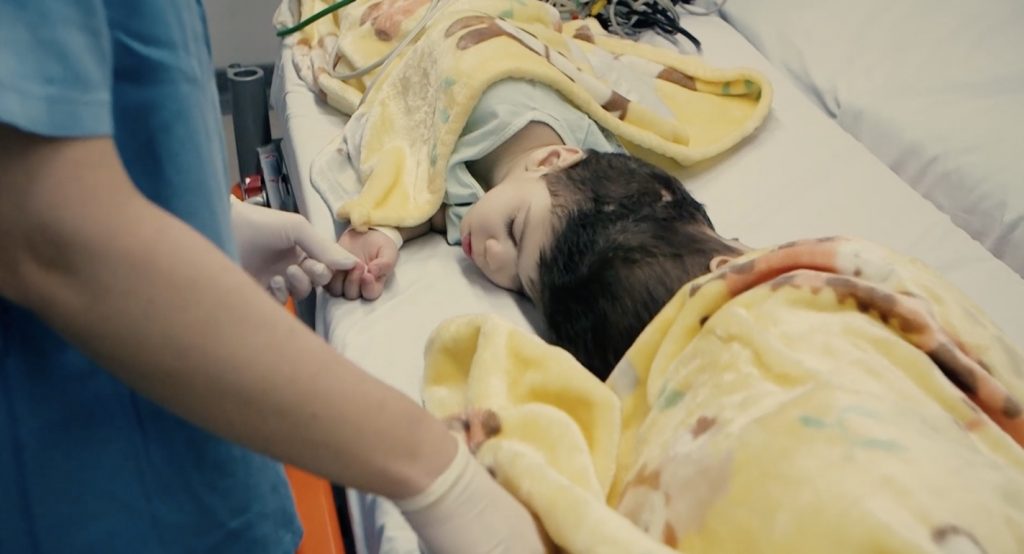
One of the most promising use-cases for virtual reality is medical simulation and training. The idea is to provide doctors with highly accurate 3D models presented in VR to practice on before undertaking a difficult surgery.
That’s exactly what a rockstar team of more than 100 medical professionals led by Kashmiri-British neurosurgeon and academic Noor ul Owase Jeelani and Gabriel Mufarrej, head of pediatric surgery at Instituto Estadual do Cerebro Paulo Niemeyer in Brazil, did before they successfully separated Brazilian twins who were joined at the head.
“It’s just wonderful. It’s really great to see the anatomy and do the surgery before you actually put the children at any risk,” said Dr Jeelani. “In some ways, these operations are considered the hardest of our time, and to do it in virtual reality was just really man-on-Mars stuff.”
The operation itself took the team around 27 hours, and it was complicated by scar tissue created by previous attempts to separate the three-year-old twins, Bernardo and Arthur Lima. Funding for the operation was provided by Gemini Untwined, the world’s only charity dedicated to combining surgical expertise. The charity was created in 2018 by Dr Jeelani.
Before the operation, Bernardo and Arthur couldn’t walk or even sit because of their condition, but they were otherwise healthy. While the boys still have a long journey to full recovery ahead of them, their future looks brighter than ever.
It’s estimated that 1 in 60,000 births result in a set of conjoined twins, and around 5 percent of those births are craniopagus twins like Bernardo and Arthur.
